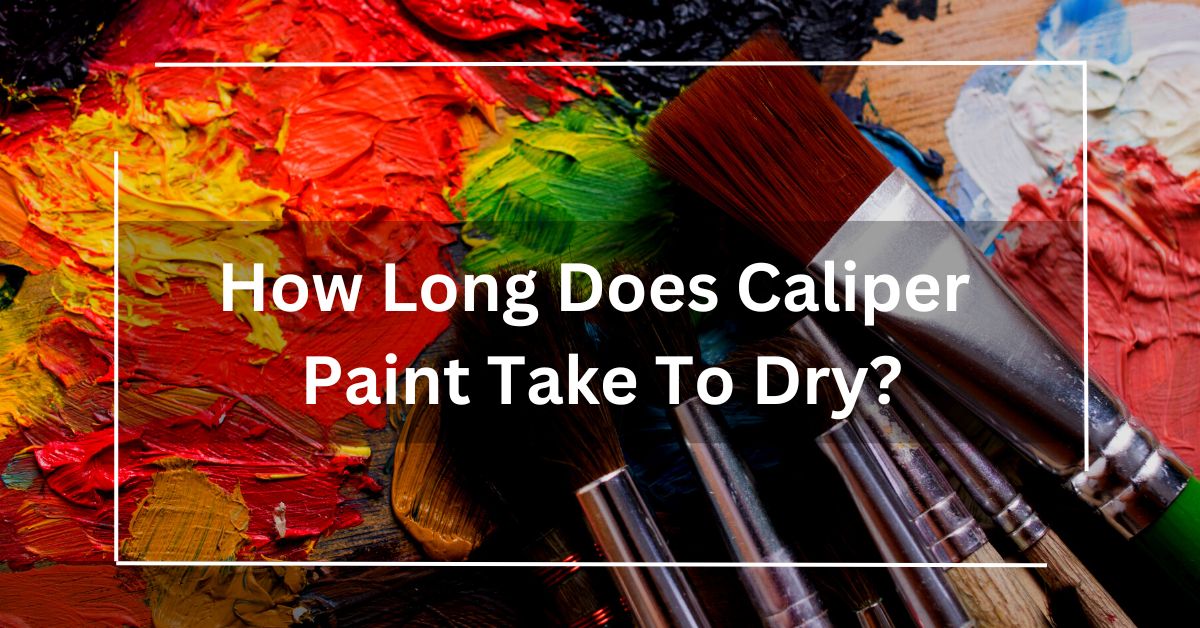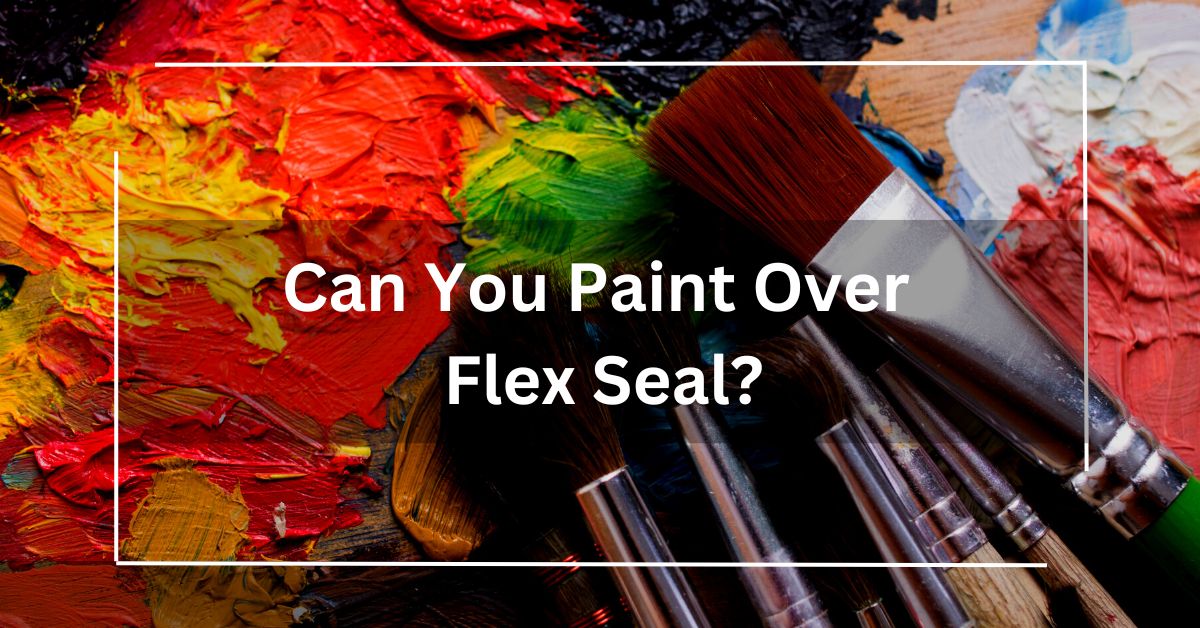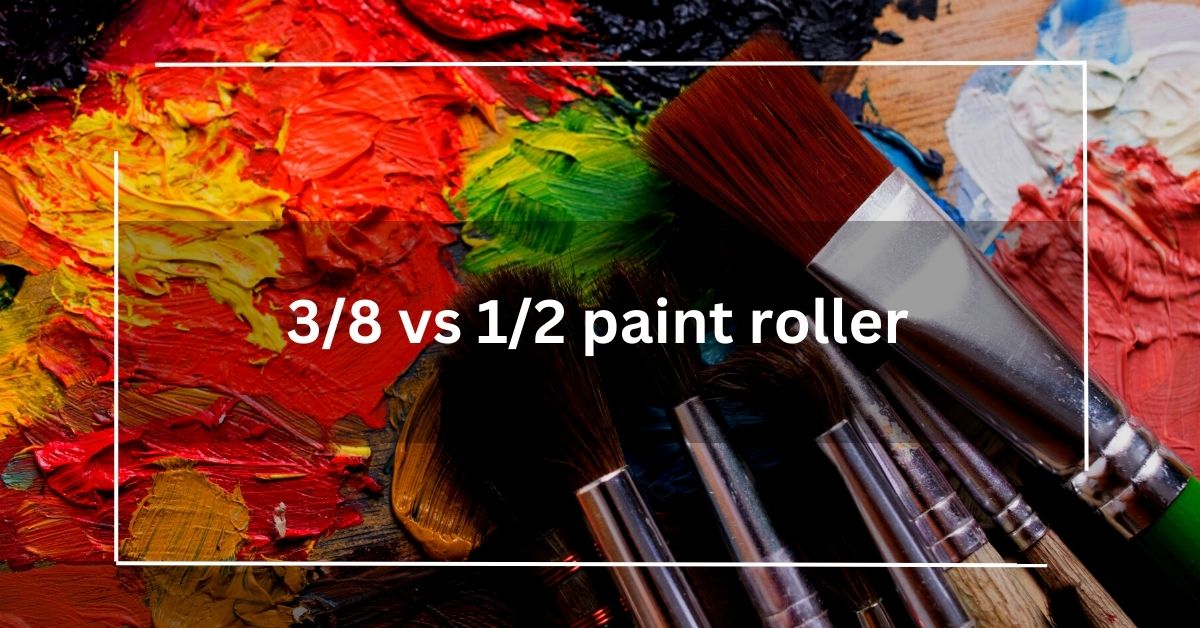Caliper paint takes 2-4 hours to dry fully. However, the drying time can vary depending on factors such as temperature, humidity, and the type of paint used.
Exposure to high temperatures or humidity can increase drying time, so keeping your workspace cool and well-ventilated is important.
It is helpful to use a hairdryer or heat gun to speed up the drying process if desired results are not achieved within the given time frame.
Care should also be taken when applying multiple coats of paint, as each layer needs sufficient time to dry before applying the next one.
It is important to ensure the Surface is clean before applying the paint for it to dry properly.
Caliper Paint Or Just High-Temp Paint?
Caliper paint is a type of high-temperature paint, specifically designed for use on calipers, brake drums, and other high-heat components of a vehicle.
It has a heat-resistant finish and can withstand temperatures up to 500°F, making it ideal for gadgets often exposed to extreme conditions.
On the other hand, high-temp paint provides a glossy finish and is easier to apply than caliper paint, making it a great choice for selling gadgets with an attractive appearance. High-temp paint is less expensive and can be used to quickly and easily give gadgets a fresh look.
Caliper paint is more durable than high-temp paint, making it better suited for selling gadgets exposed to extreme temperatures.
Both products have advantages and disadvantages, so it’s important to consider your product’s specific needs before deciding which is best for you.
How Long Will The Paint Dry On The Brake Calipers?
Depending on the type of paint used, brake calipers typically take 2-4 hours to dry to touch.It can take up to 9 hours for the paint to fully cure and be ready to handle without damaging it.
After the initial drying time, it is important to allow 5-9 hours for the paint to fully cure and reach its maximum durability.
For long-lasting results, it’s important to follow the instructions on the paint package and wait the recommended amount of time before handling the brake calipers.
It is important to note that the paint will take longer to fully cure and reach its maximum durability and gloss level.
This drying time can depend on the temperature and humidity of your environment, so it is important to consider these factors.
Read: Behr Paint Colors || Understanding Interior Design
Are There Any Restrictions For Painting Brake Calipers?
Painting the entire caliper on the car can lead to uneven heat dissipation and a possible reduction in braking power.
There are a few other restrictions to consider when painting brake calipers:
Surface Preparation: The Surface of the caliper must be clean, dry, and free of rust or any other contaminants for the paint to adhere properly.
Material Compatibility: Some calipers are made of materials incompatible with certain types of paint. It’s important to check the manufacturer’s specifications to ensure that the paint you choose is safe for use on your calipers.
VOC Content: Some paints contain Volatile Organic Compounds (VOCs), which can harm the environment and human health. Look for low or no-VOC options to minimize these risks.
Temperature Limitations: Some paints are designed to withstand high temperatures, while others are not. Ensure that the paint you choose is suitable for brake calipers and can withstand the high temperatures generated during use.
Proper Application: Follow the manufacturer’s instructions for application to ensure that the paint adheres properly and dries evenly.
Safety Considerations: When painting brake calipers, it is important to take proper safety precautions, such as wearing protective gloves, eye protection, and a mask to prevent inhaling paint fumes.
Why At All Should You Paint The Calipers?
There are several reasons why people choose to paint their brake calipers:
- Aesthetics: Painting the calipers can add a pop of color to a vehicle and make it stand out. It can be especially important for car enthusiasts and custom car builders.
- Protection: Calipers can become discolored and eroded over time due to exposure to heat, brake dust, and other environmental elements. Painting the calipers can protect them from further damage and prolong their lifespan.
- Improved Visibility: Brake calipers can become difficult to see if they are covered in brake dust or if they blend in with the color of the wheel. Painting the calipers can make them more visible, making it easier to check for wear and damage during regular brake inspections.
- Cost Savings: Replacing damaged or worn brake calipers can be expensive. Painting them is a more affordable option to make them look new again.
Painting brake calipers is a personal choice and depends on the individual’s specific needs and preferences.
It’s important to ensure that the paint used is compatible with the calipers and can withstand the high temperatures generated during use to ensure proper function and safety.
Common Mistakes People Make When Painting The Calipers
It is important to avoid painting the areas of the rotor/disc that make contact with the pads, as this could contaminate the brake pad and impede its ability to function properly.
Here are some other common mistakes people make when painting their brake calipers:
- Properly cleaning and drying the Surface before painting can result in poor adhesion and an uneven finish.
- Some paints are not designed for high-heat applications and can break down or flake off when exposed to high temperatures generated during braking.
- Failing to follow the manufacturer’s instructions for application can result in an uneven, blotchy, or poorly adhered finish.
- Painting calipers when the temperature is too low or high can result in poor drying and adhesion. It’s important to paint in a well-ventilated area at a temperature within the manufacturer’s recommended range.
- Primer helps the paint adhere better and provides a uniform base for the paint to adhere to. Skipping this step can result in poor adhesion and durability.
- Please allow enough time for the paint to dry completely to avoid smudging or premature wear and tear.
- Please wear gloves, eye protection, and a mask when painting to avoid skin irritation or inhaling paint fumes.
Last Words
In conclusion, caliper paint typically takes 2-4 hours to dry fully. Improper surface preparation, using the wrong paint, improper application, ignoring temperature limitations, skipping the primer, improper drying time, and not wearing proper protection are common mistakes people make when painting brake calipers.
For best results, following the manufacturer’s instructions and taking proper safety precautions when painting brake calipers is important.
When selling gadgets, it is important to ensure that the caliper paint is completely dry before packaging or shipping them to prevent any damage from occurring during transport.



